Have you been wondering if it is worth having your clothes dry-cleaned when you can access the washing machine? You are not alone. Most people do not understand the benefits of having their clothes dry-cleaned. Most dry-cleaning companies offer the best cleaning services for your delicate clothes.
A dry cleaning machine is always good enough to handle your cheap and more durable clothes. For the whole process, the small extra dry cleaning charge is worth the service.
Alternatives to Dry Cleaning Clothes

Some consumers avoid buying fabrics that must be dry cleaned because of the cost of dry cleaning. Besides the cost, most dry cleaners use a chemical known as perchloroethylene, which has been linked to cancer. To avoid inhaling this toxin, health-conscious people often avoid taking their garments for dry cleaning. Consider some of the alternatives to dry cleaning, the majority of which are suitable for almost all fabrics.
Dryer Bags

The most popular dry cleaning option is to use home dry cleaning kits. Your garments in the bag and the sheet with it will suck the dirt out without harming them. This procedure works for light cleaning; however, you can use a different method for heavy cleaning.
Buy dryer bags on Amazon (paid link).
Hand Washing
Dry-clean-only garments that aren’t made of silk, wool, or rayon are normally washed in a sink with water. The rationale for the dry-clean-only label on these clothes is mainly to protect the fabric’s form or the embellishments on the goods.
Hand wash the clothes with a mild detergent in cool water. Rinse the garments thoroughly but do not wring them out. Squeeze the fabric gently to remove any extra water. Allow to air dry.
Delicate Cycle
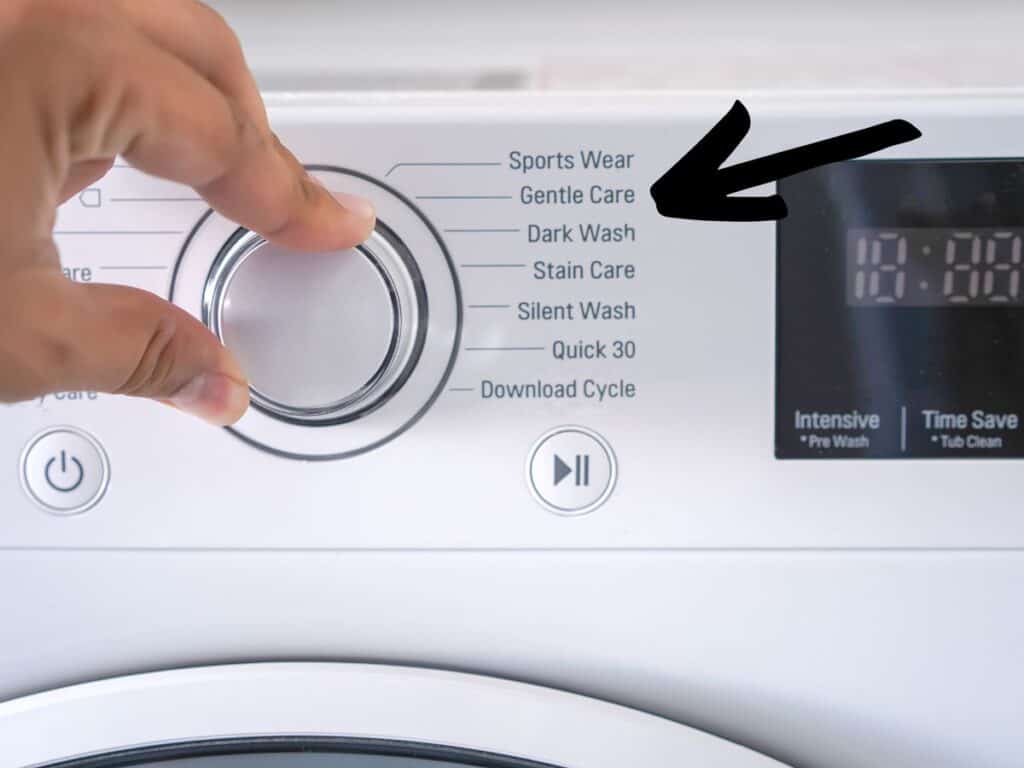
Dry-clean only clothes that should be washed in a front-loading washing machine on the delicate cycle. Always use a gentle or delicate cycle and a light detergent. Instead of drying the garments in the dryer, hang them to dry. To dry thick materials, lay them flat.
Delicate Fabrics
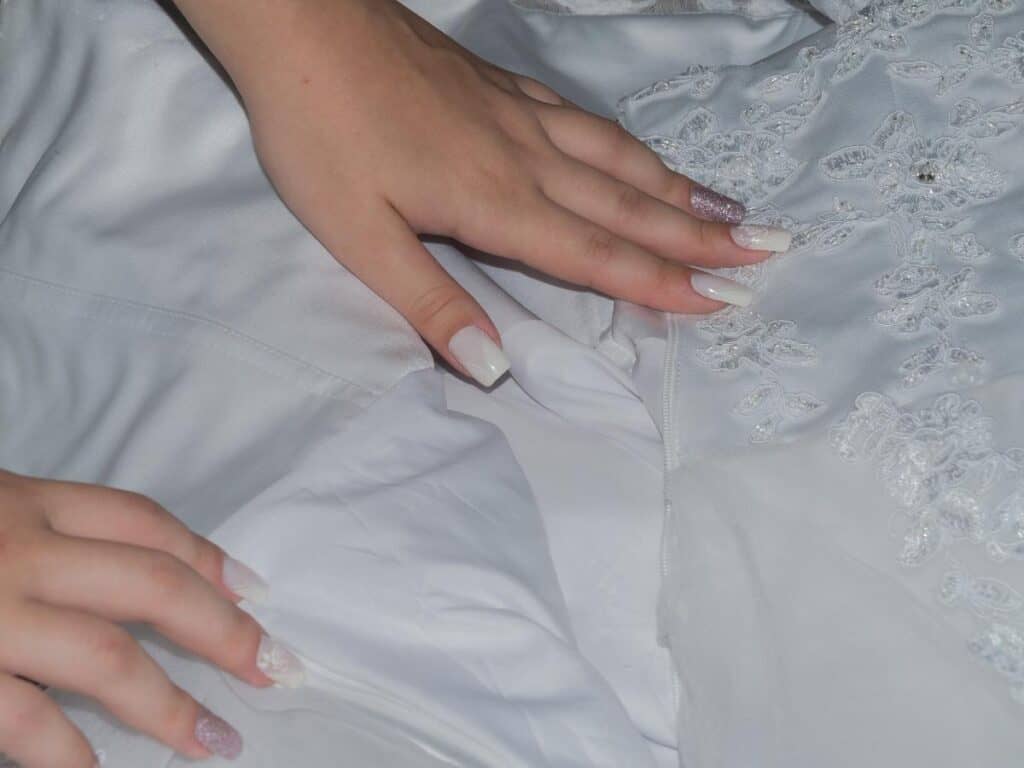
Silk, wool, and rayon require special cleaning techniques. Wool and silk should be washed in cold water with a light detergent. The cloth should not be twisted or wrung out. Place the fabric on a towel after removing it from the water. Return the fabric to its original shape and press it between two towels to dry.
Acidic cleaners should not be used on rayon since they will cause the fabric to disintegrate. Use a detergent with a pH greater than 7. If at all possible, avoid agitating the rayon. Allow the rayon to soak in the water for a few minutes before rinsing it with cold water. To dry, press between two towels and lay flat to complete the process.
Preventive Care
Wearing an additional piece of clothing under materials that require dry cleaning is one technique to postpone the need for cleaning. Wearing a second shirt can also prevent sweat stains and body odor. It does not, however, protect against outside stains. This method is very effective with sweaters.
Steam Cleaning
Place any silk, non-wool, or rayon item in the dryer along with a moist towel. To steam away many pollutants from the fabric, run the dryer for 20 to 30 minutes until the towel is dry.
I also wrote an article on the best laundry delivery service apps that may interest you.
How to Clean Dry Clean Only Clothes Yourself
It depends on the fabric and kind of garment. According to MarthaStewart.com, clothing designed, unlined, and made of natural fibers (silk, cotton, and linen) or polyester can be cleaned by hand or in cold water in a machine.
Pleated skirts, suits, and apparel made from delicate synthetics, such as rayon, or fabric blends, such as silk and wool, as well as leather or suede, and those with metal decorations, beading, or sequins, should all be avoided.
Hand washing
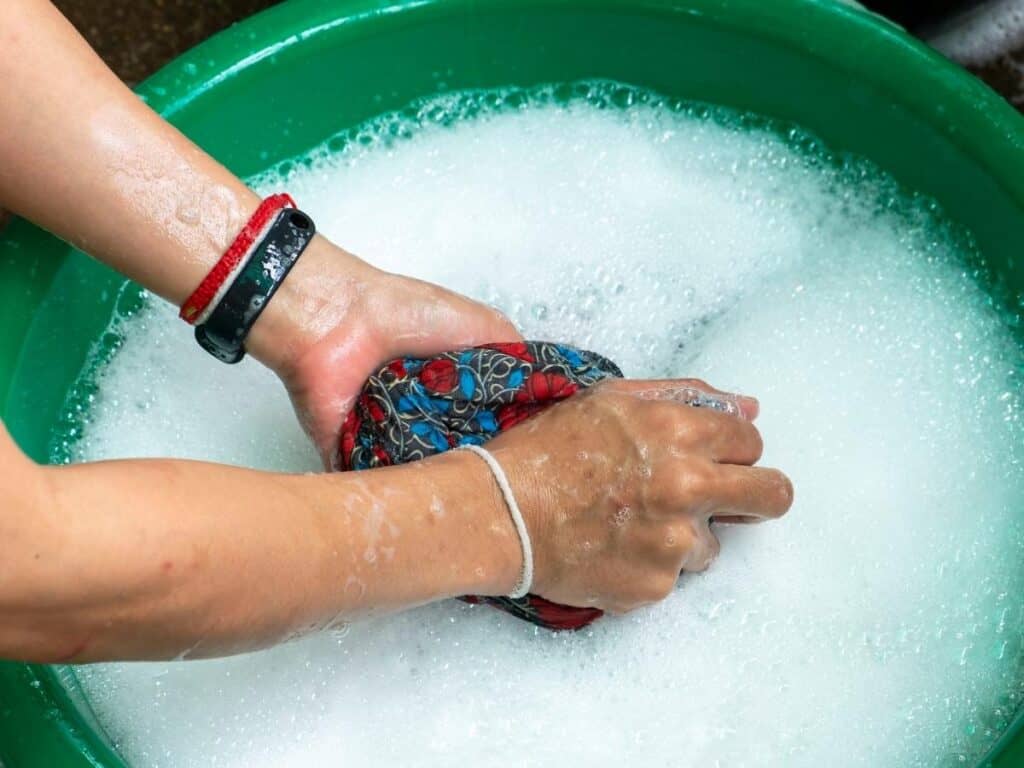
Hand washing dry-clean-only clothes are one option you can use at home. This can be done in a separate basin or your bathroom or kitchen sink. Here is what you need to do:
You’ll need a bucket, a sink with a stopper, or a tub with a plug-in. You’ll fill that receptacle halfway with water at the temperature you want to wash your garments.
Use a mild soap or laundry powder (not detergent). You can also use dish soap or hair shampoos.
Use your hands, a wooden spoon, or anything similar to an agitator. Get in there and begin churning, squeezing, and squishing until the mixture becomes quite soapy.
Rinse the clothes in clean water from the nearby receptacle one at a time.
Dry the clean clothes on a drying rack, a shower curtain pole, the backs of chairs, or wherever else you have the space.
Using the washing machine

You can safely wash some dry-clean-only clothing in the washing machine if you truly want to use it. There is one important condition: the machine must be set to “express” for this to apply. If it does, follow these recommendations:
1. If the piece is discolored, use a stain remover on the stain while it is still wet.
2. In a mesh bag, place your soiled garment.
3. Use gentle laundry soap and follow the manufacturer’s instructions for dispensing it into the detergent dispenser or directly into the drum of your washing machine.
4. Use the express cycle on your washing machine to agitate your clothes for less time.
5. To dry, hang the clothing or put it flat.
6. If necessary, use a steamer to remove creases.
At-home dry cleaning kits

At-home dry cleaning kits have been available in most pharmacies, supermarkets, and big-box retailers for years. This is also an option if you have one or are able to obtain one.
These kits operate by spot-treating any stains on the cloth and then “cleaning” it by placing a damp pad with the cleaning detergent from the kit in your dryer and steaming it. While these kits freshen up your garments, they aren’t as effective at removing oil-based stains.
Buy a dry-cleaning kit on Amazon (paid link)
It all depends on what you hope to gain from the cleaning process. If it’s a family heirloom or something else that can’t be damaged, you might be better off taking it to a professional dry cleaner when you get the opportunity.
Should Dry Cleaners Reimburse You For Damaged Clothes?
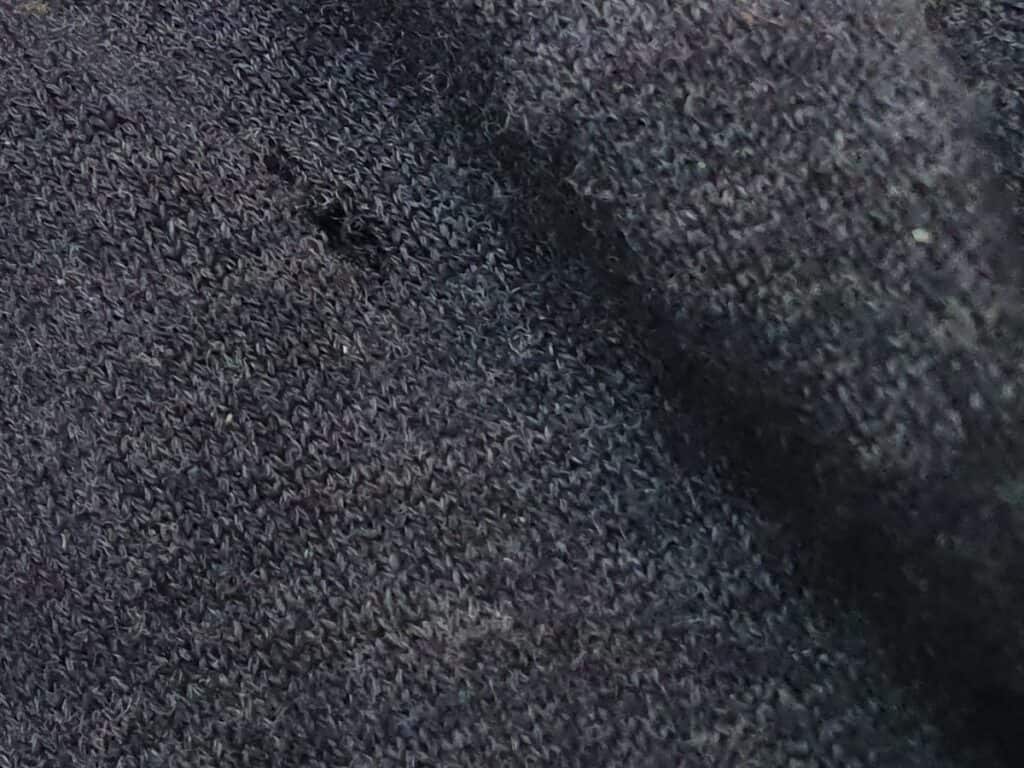
Yes, they should if the Dry Cleaner made a mistake. A care label is included with every garment. The care label is attached to a garment by the manufacturer that tells you how to wash it. Anything left with a dry cleaner is legally expected to be taken care of in a ‘reasonable’ manner. You may be entitled to compensation if your goods are damaged or lost while in their care.
Even though the dry cleaners have a sign or notice stating they are not responsible for anything left with them, this isn’t always the case. They can’t just put up a sign and avoid accountability; it could be taken as an ‘unfair term,’ which means they’re still liable.
The garment must be laundered or dry cleaned according to the care label by all dry cleaners. If the dry cleaner does not follow the care label, your cleaner should most likely pay you for the item’s worth if it is returned damaged. But be aware that the item’s value and the amount you’ll be reimbursed are not the same as what you paid for it years ago.
Consider your outfit to be an automobile with a speedometer. When a dry cleaner must pay a claim, they apply the National Fair Claims Adjustment Guide to assess the value based on the garment’s initial price, age and condition. Getting a refund for the exact amount you paid for something is hard.
When cleaning clothing, Classic Cleaners will always follow the care label guidelines. There have only been a few occasions where a customer has requested that they deviate from the care label. If this occurs, the company communicates with the consumer to explain the situation and request that they sign a release.
Why Dry Cleaners Break Buttons and How to Save Them
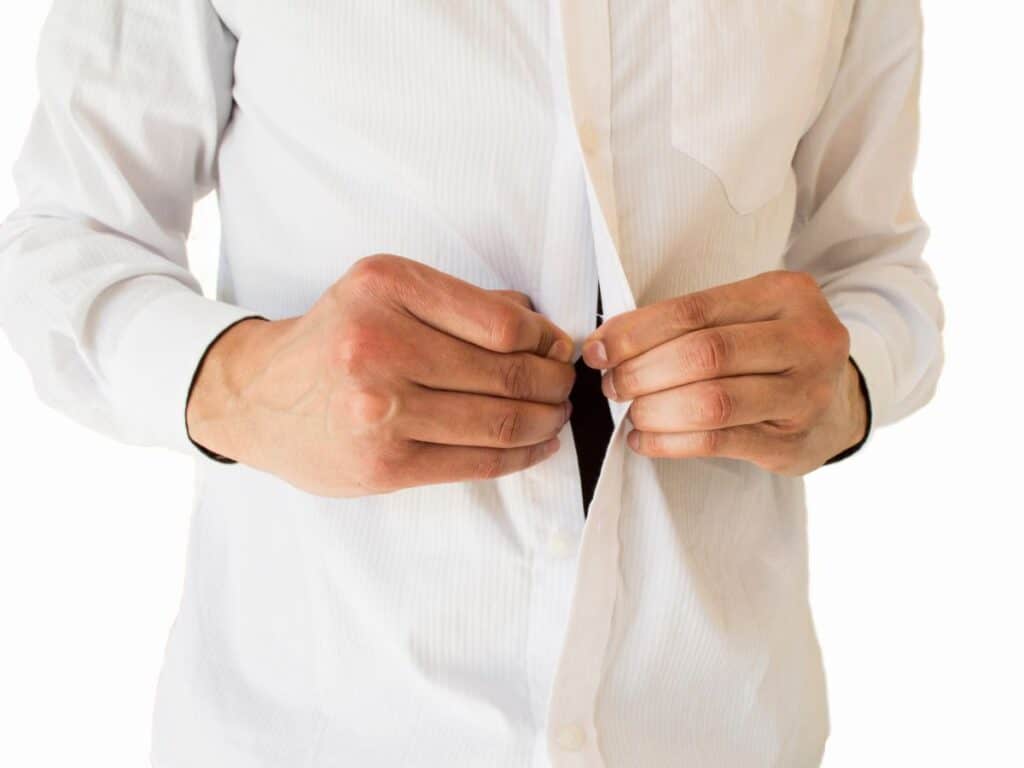
Yes. Buttons break or chip due to a variety of causes during dry cleaning. But, first and foremost, natural-material buttons, such as shell and bone, are always problematic.
Even with moderate wear, shell and bone buttons are naturally brittle and prone to chipping and shattering. The buttons will almost certainly shatter and break once these clothing are tumbled for one hour in a dry cleaning machine.
Because natural shell and bone buttons are costly to repair, with large buttons costing up to $10 per button, it is in your dry cleaner’s best interest to safeguard them during cleaning. Fragile buttons can be covered in strong aluminum foil or specifically developed velcro coverings before washing to safeguard them.
On the other hand, plastic buttons are made with polyester resin for further durability. The resin breaks down after many cleanings and years of use, and the buttons become fragile. This is simply the result of the button’s natural aging process.
The best dry cleaners will assess the button’s type and rarity before determining how to best care for it as they clean. Prior to cleaning, Jeeves removes any button that we believe is irreplaceable or could be harmed during the cleaning procedure.
Jeeves has two devoted employees whose sole responsibility is removing and reattaching buttons from garments before cleaning. This is the only way to confirm that the garment’s overall appearance is consistent with what the designer intended. Because, as I’m sure we can all accept, mismatched buttons on a killer suit are the worst!
How to protect the buttons from breaking
During dry-cleaning, laundering, or hot ironing, a detachable, heat-resistant, flexible button protector saves the button from damage.
The protector has a cavity-forming cage that surrounds at least one button. The button is inserted into the cavity through a slit in the enclosure’s side. Button degradation is avoided by sealing the enclosure to prevent cleaning fluids from penetrating the cavity during insertion and retention of the button.
The protector protects the button from corrosive laundry and dry-cleaning chemicals. It also allows the chemicals to wash the fabric on which it is sewed to pass through. It can endure the compressive force and shock impact generated by laundry equipment.
Buttons are almost free of chipping and chemical damage. Laundry, dry cleaning, and ironing are all done cost-effectively, efficiently, and dependable.
What Does Do Not Dry Clean Mean
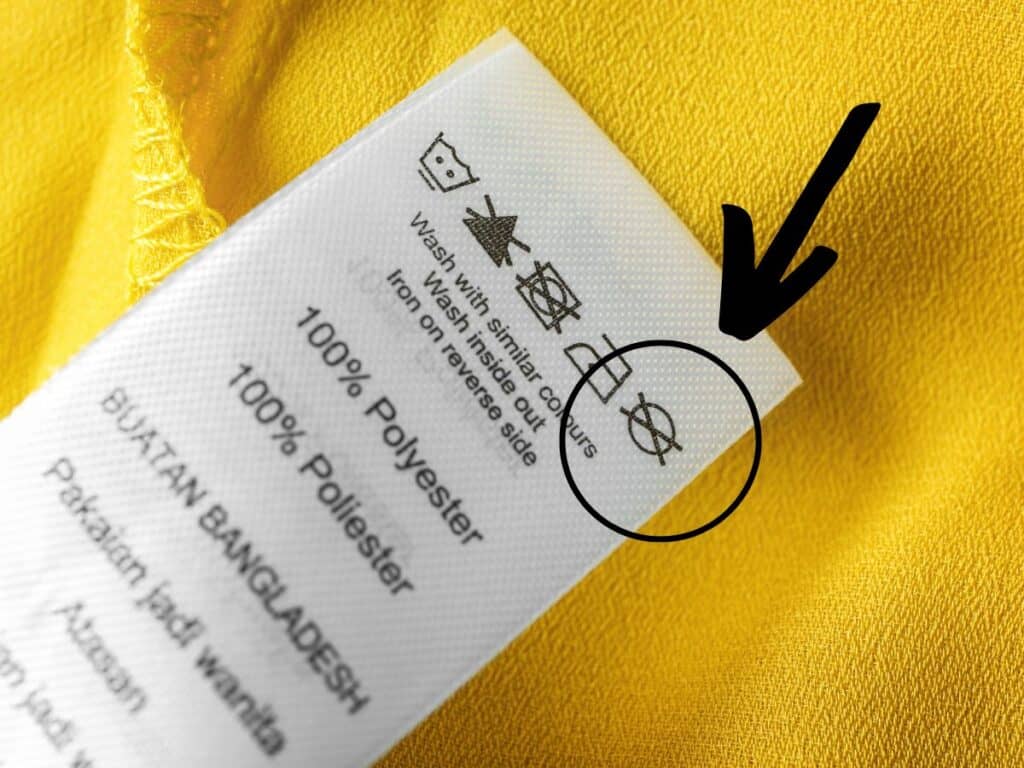
Sure, your blouse label reads “dry-clean only,” but is there room for error? According to Gwen Whiting, cofounder of The Laundress. The recommendations on the care tags aren’t always the best way to clean an item, but they are a means for manufacturers to avoid being blamed for catastrophic damage when guidelines aren’t followed. By defaulting to dry-cleaning care guidelines, manufacturers are transferring responsibility to the dry cleaners rather than themselves.
Similarly, Steve Boorstein, a former dry cleaner and proprietor of ClothingDoctor.com, argues that just because an item is labeled “dry-clean only” doesn’t mean it can’t be hand-washed, especially if it’s made of natural fibers. The “dry-clean only” label prevents individuals from washing their clothing incorrectly at home.
Next, you can check out my article on whether using a hotel laundry service is worth it or not.

I’m an expert wardrobe organizer and a bit of a clean freak. I created this website and its YouTube channel to share practical guides about laundry and organizing. My teachings have been featured in multiple large news publications, and I’ve self-published two wardrobe organizing books and an entire course on the subject.

